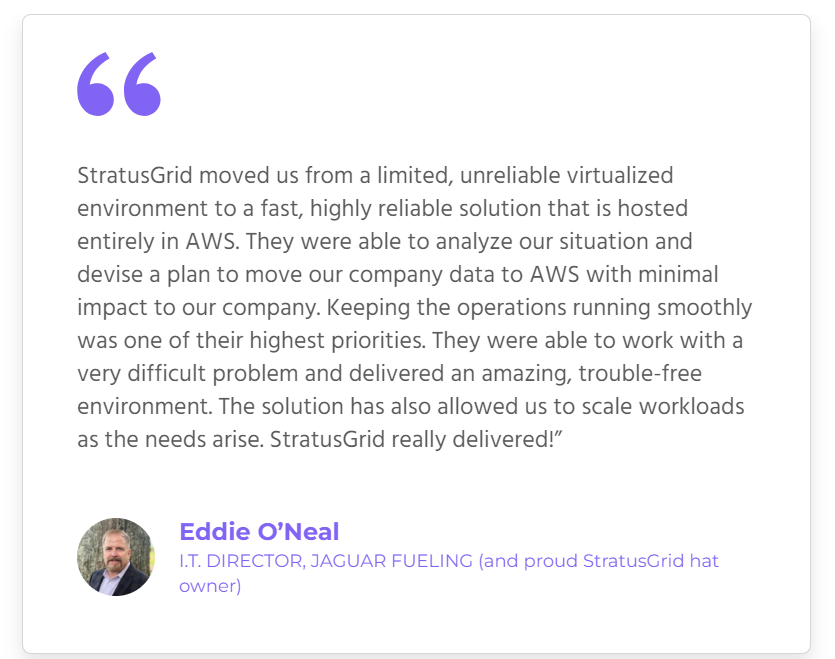What Keeping Your Legacy Systems is Really Costing Your Business
Discover the hidden financial drains of maintaining outdated legacy systems, and how application modernization can drive innovation and efficiency.
Discover how to reduce your cloud costs with application modernization services. Learn how strategic modernization can also enhance efficiency.

The suggestion to switch from legacy hardware systems to cloud computing can be met with a stubborn “no” from management. While it can be intimidating, it is a change that will free up budget, save time, and improve customer and employee satisfaction.
Here we’re going to look at the monetary impact of legacy systems, how application modernization drives cost savings, and a practical example of this change.
When a company continues to use an outdated system to run its business it risks affecting its profitability with low speed and performance which can increase the risk of churn and decrease sales.
If your UX is poor then users who try the free trial may give up on purchasing the software as they find it hard to use.
Legacy systems also increase security threats as the manufacturer may not support it any longer, so they don’t maintain it, reducing the reliability your enterprise can expect.
All these risks increase your TCO as time goes on, as your maintenance costs increase and your bottom line is affected.
A prime example of the consequences of legacy systems is from 2015 when planes were grounded at Paris Orly airport when a computer that was running on Windows 3.1 crashed in bad weather. The 2nd largest airport in France had to ground all planes for several hours as a computer that linked air traffic control systems ran a system that was 23 years old. This single computer controlled air traffic, and relied on one main maintenance worker, as other employees didn’t know how to use the system.
Switching to the cloud and application modernization services you streamline your costs in these 12 key ways.
Before beginning to modernize your technology, evaluate your app portfolio to modernize in the right way. You need to analyze your tech stack before beginning your cloud migration and modernization. To feel the benefits, you must migrate and modernize in the right way. For help, reach out to StratusGrid. With 10+ years of modernizing applications to be cloud-native, our team of AWS-certified engineers are experts. Our team is recommended by AWS for its efficiency and reliability.
There are multiple benefits of application modernization when you have a clear modernization strategy. To inspire you to start modernizing your tech stack in your company, we have Jaguar Fueling’s success story.
Jaguar Fueling has 30 years of experience and works across the United States. However, they were struggling with an on-site, outdated tech stack. They lacked modern systems which were posing a risk to the business’s continuity. Jaguar Fueling approached StratusGrid for help to migrate them to AWS. They wanted to follow best practices to reduce any potential impact and increase their scalability and security.
After assessing its current environment, StratusGrid determined the best way forward with a personalized plan of action to reduce business disruption. We broke this into three high-level phases: Planning for the Migration/Modernization, Executing the Migration, and Final Cutover.
This provided Jaguar with full control over their setup, modernizing their technology and improving their management. We also implemented best practices around security in AWS to ensure data protection. Finally, using AWS they can now scale and grow with ease.

To create a business case to modernize your applications, you need to consider 4 key aspects:
In your business case, you should consider current applications, which are the most important to modernize, and which can wait. You should also present how modernizing will improve the business process and the possibilities for developing new applications faster and more efficiently.
Modernizing your applications improve your processes, security, and satisfaction of customers and employees. It brings huge benefits to your business as a whole. However, it can be difficult to begin the transition to more effective technology.
With StratusGrid, you don’t need to worry about doing it on your own. We have over 10 years of experience with modernization services. We create fully personalized project plans to minimize any impact to your business and increase your cost and performance efficiency.
Transform your business results with StratusGrid’s modernization services. Get in touch with us today.
What are the benefits of application modernization?
Improve your user experience, security, scalability, and competitive advantage by modernizing your applications. Take advantage of elasticity in consumption of cloud services; pay only for what you provision, when you need it.
Why do enterprises need application modernization?
Increase your productivity, your software’s reliability, and decrease your time to market with application modernization.
Why should businesses modernize their legacy applications?
Modernize legacy applications to reduce your costs, and the complexities of your tech stack. It also streamlines maintenance processes, increasing your competitiveness.
What is the biggest driver of application modernization?
When you struggle with data integration, your business lacks agility, security is a challenge and you’re struggling with tech talent you need analyze modernizing your applications. Rapid iteration during software development lifecycle, provisioning compute and data resources immediately, on-demand.
BONUS: Find Out if Your Organization is Ready for The Cloud ⤵️
Discover the hidden financial drains of maintaining outdated legacy systems, and how application modernization can drive innovation and efficiency.
Discover how to future-proof your applications with StratusGrid's cloud modernization services. Learn the benefits of updating your legacy systems...
StratusGrid is always striving to elevate our clients to new heights of efficient IT, and Application Modernization immediately resonated with that...